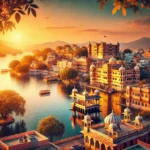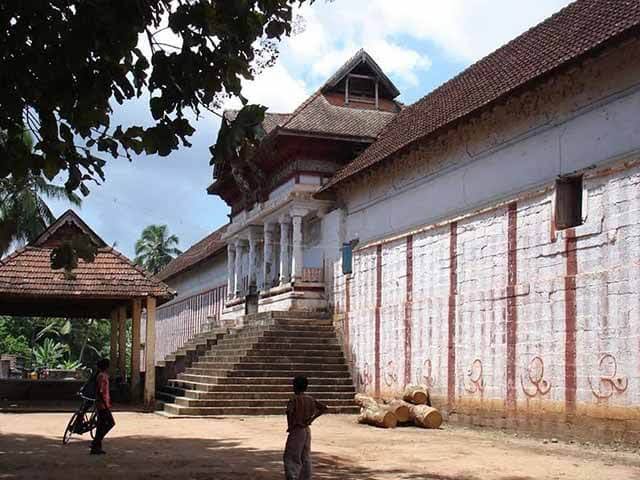
Table of Contents
Discover the Kerala Divya Desam travel guide to explore sacred temples, routes, and pilgrimage tips for a fulfilling spiritual journey. Plan your visit today!If you’re seeking a spiritual journey, this Kerala Divya Desam travel guide is your gateway to exploring 13 revered temples dedicated to Lord Vishnu.
These Divya Desams, mentioned in ancient Tamil hymns, hold immense significance in Vaishnavism and are a must-visit for devotees. Here, we provide all the essential details about temple locations, the best routes, and pilgrimage tips to help you plan your divine visit.
Kerala Divya Desam Travel Guide: Overview of Temples and Significance
Divya Desams are a set of 108 temples that have been mentioned in the sacred hymns of the Tamil poet-saints, the Alvars. These temples, spread across India (and one in Nepal), are regarded as highly sacred, with each temple believed to hold unique importance.
Kerala is home to 13 of these temples, making it a pivotal region for those on a Divya Desam pilgrimage. The architectural splendor, historic significance, and spiritual aura of these temples make Kerala an unmissable destination for devotees of Lord Vishnu.
List of Kerala Divya Desams
Here is a detailed list of the 13 Divya Desams in Kerala, with a brief description of each:
Sree Anantha Padmanabhaswamy Temple, Thiruvananthapuram
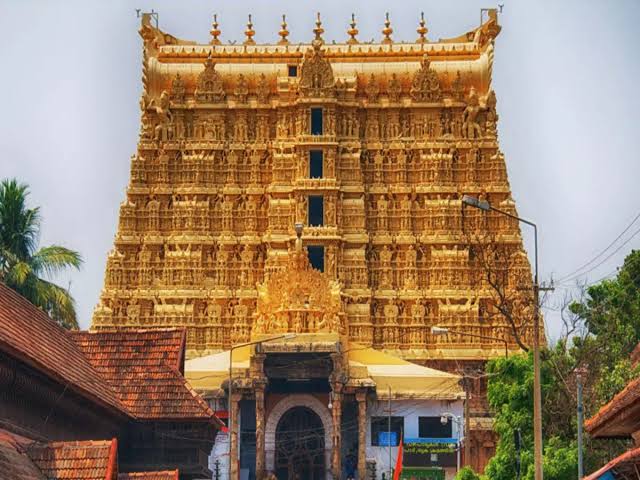
- One of the most famous temples in the world, this temple is dedicated to Lord Vishnu in the form of Anantha Padmanabha, reclining on the serpent Adisesha. The temple is a symbol of the rich cultural heritage of Kerala and houses one of the largest collections of temple treasures. The majestic architecture and spiritual significance make it a top pilgrimage site.
Thiruvattaru Adikesava Perumal Temple, Kanyakumari (Close to Kerala)
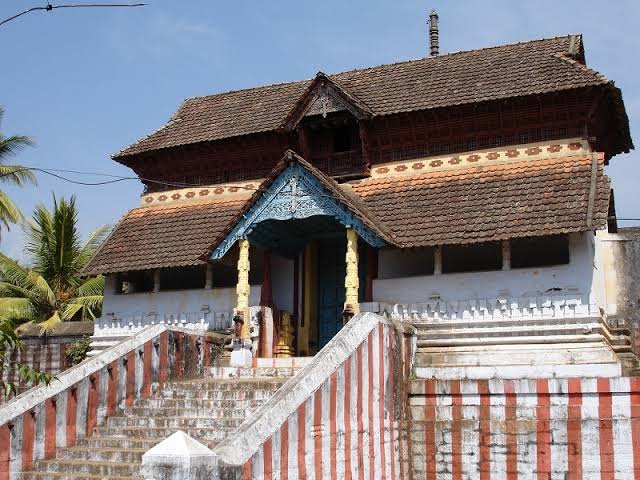
- Though geographically situated near the Tamil Nadu border, this temple is often included in the Kerala Divya Desam circuit. It is dedicated to Lord Adikesava, a form of Lord Vishnu, and features exquisite Dravidian architecture.
Sree Parthasarathy Temple, Aranmula
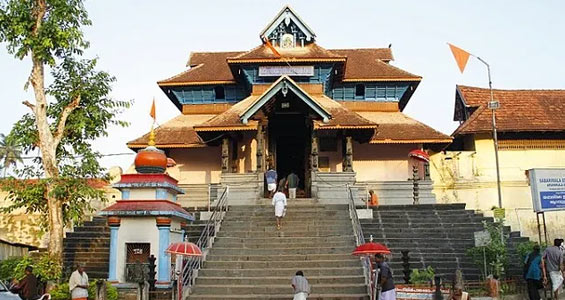
- Known for its association with the legend of Mahabharata, this temple worships Lord Krishna as Parthasarathy (the charioteer of Arjuna). The temple is also famous for the annual Aranmula Boat Race.
Thirukodithanam Mahavishnu Temple, Kottayam
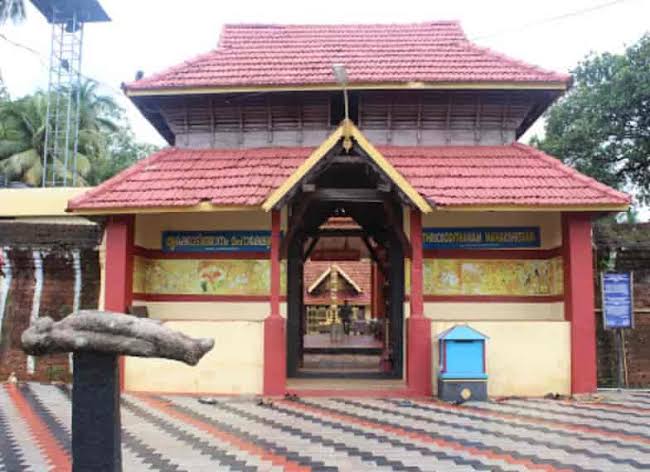
- A lesser-known but highly revered Divya Desam, the Thirukodithanam temple is dedicated to Lord Vishnu as Mahavishnu. The temple is nestled in the serene town of Changanassery and is celebrated for its peaceful surroundings and rich history.
Sree Vallabha Temple, Thiruvalla

- Sree Vallabha is a powerful deity in Kerala’s Vaishnavism tradition. This temple stands out for its impressive gopuram (temple tower) and intricate murals that depict scenes from Hindu epics.
Thirumittakode Temple, Palakkad
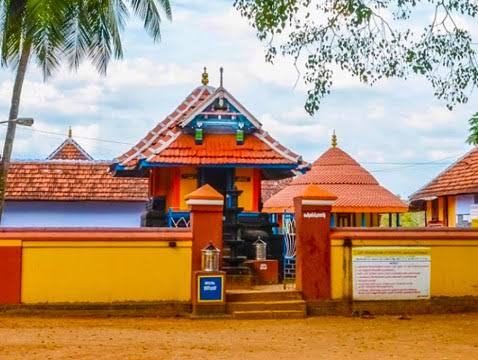
- Another serene temple located in the Palakkad region, the Thirumittakode Divya Desam is dedicated to Lord Vishnu in his Mahavishnu form. This temple is famous for its tranquil surroundings and the sense of divinity that permeates the air.
Thirunavai Nava Mukunda Temple, Malappuram

- Dedicated to Lord Vishnu as Mukunda, this temple is also connected to the legends of the Nava Grahas (the nine planets). It is situated on the banks of the Bharathapuzha River and is a vital stop on the Divya Desam pilgrimage route.
Best Time to Visit Kerala Divya Desams
While Kerala has a tropical climate, the best time to visit the Divya Desam temples is during the winter months, from November to February. During this period, the weather is cool and pleasant, making travel and temple visits comfortable.
These months are also ideal for experiencing various temple festivals such as Makaravilakku and Vishu, which are celebrated with great fervor.
Temple Festivals to Experience:
- Vishu (April): Celebrated in mid-April, Vishu marks the start of the new year according to the Kerala calendar. Many temples, including Divya Desams, celebrate with special prayers and rituals.
- Onam (August-September): Kerala’s most prominent festival, celebrated with grandeur in all temples. While it is not directly tied to the Divya Desams, it’s a wonderful time to experience Kerala’s cultural richness.
Avoid visiting during the monsoon season from June to September, as heavy rains can cause travel disruptions, especially to remote temple locations.
Routes to Reach Kerala Divya Desams
Kerala is well connected by road, rail, and air, making it relatively easy to visit the Divya Desam temples.
- From Thiruvananthapuram:Start your journey at the Sree Anantha Padmanabhaswamy Temple. From there, you can drive to other temples such as Thiruvattaru Adikesava Perumal Temple, which is just over the Tamil Nadu border but still part of the Kerala Divya Desams.
- From Kochi:Kochi offers a great starting point, especially if you plan to visit central Kerala temples like the Sree Vallabha Temple in Thiruvalla and the Thirukodithanam Mahavishnu Temple in Kottayam. Public transport is available, but hiring a car will make the trip more flexible.
- From Palakkad and Northern Kerala:If you’re visiting northern Kerala, you can start with temples like Thirumittakode Mahavishnu Temple and Thirunavai Nava Mukunda Temple, both accessible by road and public transport from major cities like Palakkad and Kozhikode.
Tips for Pilgrims Visiting Kerala Divya Desams
When visiting Kerala’s Divya Desams, it’s essential to follow the temple customs and guidelines:
Dress Code:
- Men should wear a dhoti (traditional wrap) without a shirt, and women are expected to wear sarees or traditional attire when entering the temples.
Temple Etiquette:
- Footwear is not allowed inside temple premises.
- Photography inside the temples is strictly prohibited.
Accommodation:
- Many temples offer basic accommodation for pilgrims. Alternatively, you can find hotels or dharmashalas nearby for a comfortable stay.
Health and Safety:
- Make sure to stay hydrated and carry any necessary medications, especially when traveling to remote temple locations.
For more information on temple timings and Kerala tourism: Kerala Tourism Official Website
Nearby Attractions
While on your spiritual journey through Kerala’s Divya Desams, don’t miss out on the region’s natural beauty and other tourist attractions:
Kumarakom Backwaters:
- Relax with a houseboat cruise on the tranquil backwaters of Kumarakom.
Alleppey Houseboat Tour:
- Experience the scenic backwaters with a traditional houseboat cruise, a highlight of any Kerala trip.
Munnar Hill Station:
- Enjoy the cool climate and breathtaking views of Munnar’s tea plantations, just a few hours’ drive from central Kerala.
Kanyakumari:
- Visit the southernmost tip of India, where the Arabian Sea, Bay of Bengal, and the Indian Ocean meet. You can also see the famous Vivekananda Rock Memorial and the Thiruvalluvar Statue.
Also Read : 7 Unmissable Places to Visit in Kerala for 3 Days (And 1 You Might Want to Skip!)



